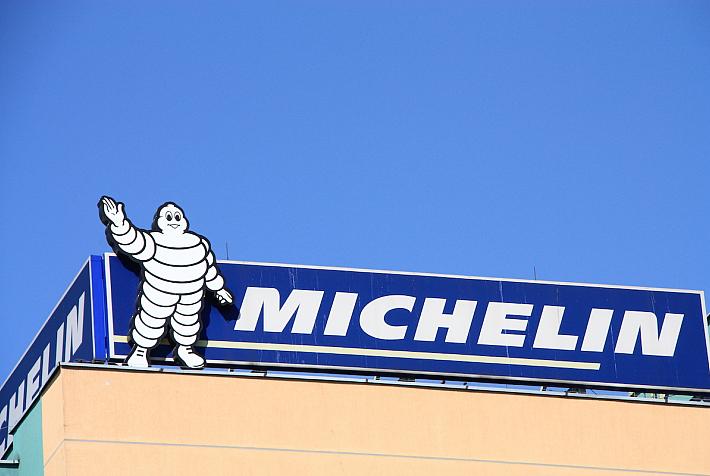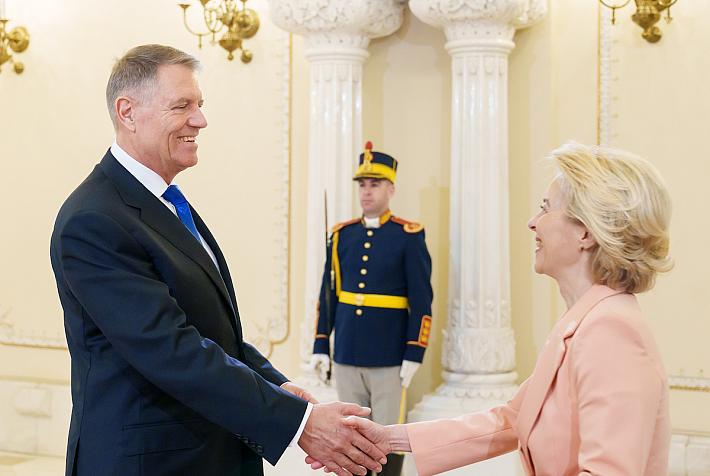GfK: Romanians go shopping less frequently, but spend more

Last year’s macroeconomic and tax changes also influenced the Romanian consumers’ purchasing behavior, according to a GfK study. The increase in pensions and salaries in the public sector, as well as the VAT rate cut on food from 24% to 9%, led to an increase in the Romanians’ purchasing power and confidence.
Due to the VAT rate cut on food, Romania witnessed an "uptrading" phenomenon for the first time in three years, which means that people started buying superior products from the same category, according to Gfk.
This trend also reflected in the growth of more expensive product categories, such as fish and seafood, dried fruits, honey, breakfast cereals, cider, special dental care products, and special care products for skin and feet.
The market growth registered due to uptrading has been seen only in the modern trade, where the figures show a different trend compared to the traditional commerce, according to GfK.
The Romanians’ purchasing behavior has also registered slight changes from previous years. For example, they go shopping less frequently but spend more money at once.
“The drop in the frequency of purchase and the fact that the Romanians were able to also put more expensive products in the shopping baskets shows that they are more relaxed when shopping,” said Raluca Raschip, Consumer Goods and Retail Director GfK Romania.
The food, including fresh foods and those with a longer validity period, represents two-thirds of the annual shopping basket’s value.
The beverages, which represented about 19% of the overall purchases, had the largest contribution to the market growth. Other product categories that have suffered changes compared to 2014 were the packaged foods (which registered a drop), and the personal and home care products (which registered an increase).
The study is based on information obtained by monitoring the household consumption in 2015, on all consumer product categories, on a sample of 3,000 households.
Romanian consumers pay less on food after VAT rate cut
Irina Popescu, irina.popescu@romania-insider.com















